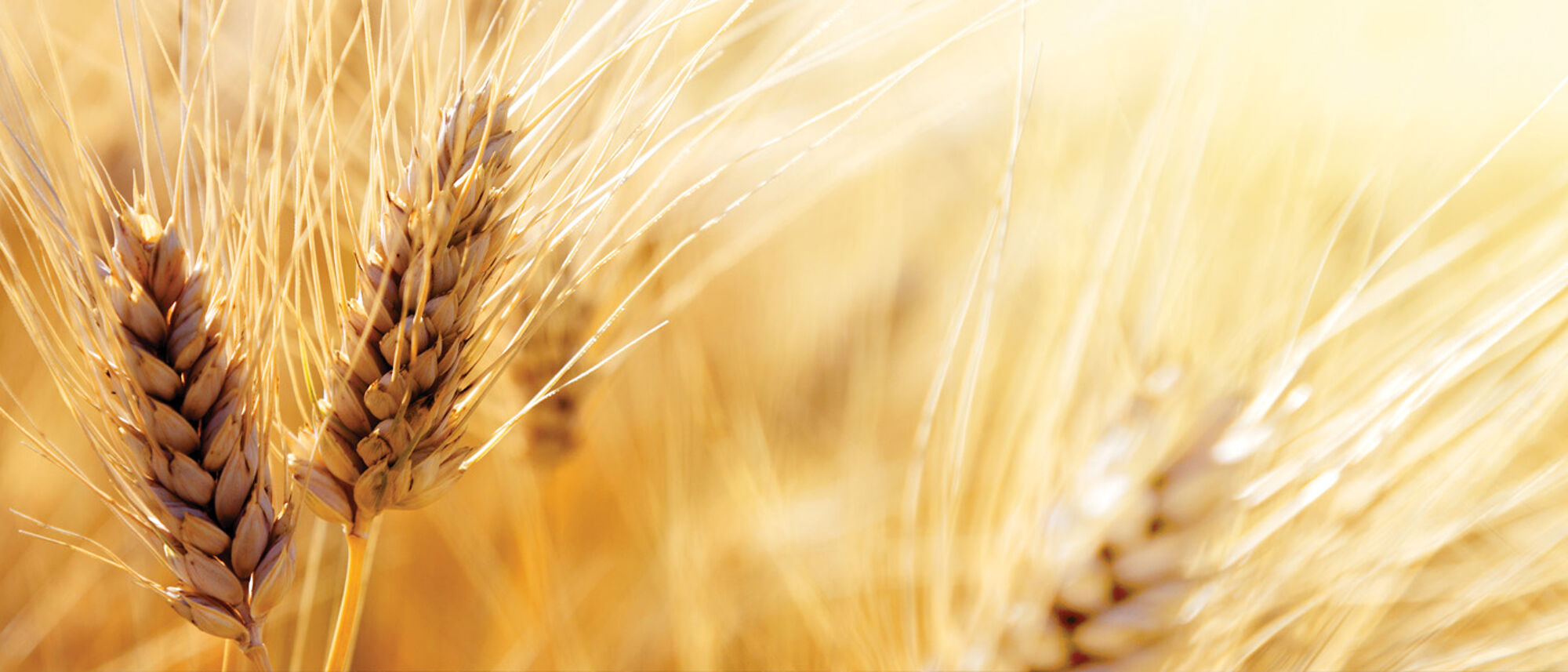
Making farming greener
An international research collaboration is setting out to find new ways of monitoring crop growth with biodegradable sensors which can be composted at the end of their lifespan.
The internet of things has huge potential to revolutionise every aspect of human activity, and is particularly attractive in farming, where the challenges of growing crops as we adapt to the unpredictable effects of climate change will require close monitoring of fields and quick responses to problems to maximise crop yields. However, the proliferation of digital devices that underpin the internet of things is also leading to a massive expansion in digital waste. As potentially dangerous materials in components like batteries and printed circuit boards degrade, they create hazards to the environment and to human and animal health, which can last for decades.
As much as 80% of our electronic devices currently end up as waste.
A £1.8m research project, led by researchers from the University, and supported by colleagues in Canada, Finland, Poland and Switzerland, aims to develop a new type of environmentally friendly modular sensor system to monitor crops.
They will find ways to create devices built from sustainable and degradable materials with the aim of cutting down on the growing problem of electronic waste.
The devices will have two parts: a solar-powered patch which can be applied to the surface of the leaves of crops to measure key indicators of their growth, and an electronic module which can wirelessly transmit the information collected by the patch to a central computer.
"It’s an ambitious undertaking, but it brings together some of the leading experts in the field of sensor and material development from across Europe and North America. I’m confident that we can create prototypes with the potential to make real change and take us closer to achieving a zero-waste word. Project coordinator Professor Ravinder Dahiya, James Watt School of Engineering
The team aim to make the patch completely biodegradable, and capable of nourishing the soil once it reaches the end of its period of usefulness. To do so, they will investigate how compostable electronic components might be made from everyday materials like rice husks, fibrous proteins like wool, or biodegradable polymers like starch or cellulose, combined with conductive metal nanoparticles made from materials like copper and zinc. They will also explore how those compostable components could be powered by similarly biodegradable organic photovoltaic materials to support the patch’s tasks of monitoring pH, temperature and bioimpedance, with energy stored in a biodegradable supercapacitor. Supercapacitors provide a sustainable, nontoxic alternative for conventional batteries.
At the same time, the team will also be working to develop an electronic module equipped with wireless communication technology. A key priority of the design for the module is that it will be reusable and repairable to help minimise waste.
This article was first published September 2022.
Investment is a breath of fresh air
Next-generation heat pump in development
Blood test could predict leukaemia risk
New research could provide early treatment and improve patient outcomes.


